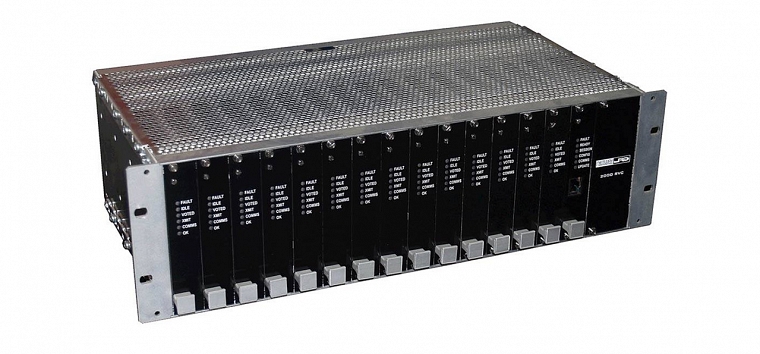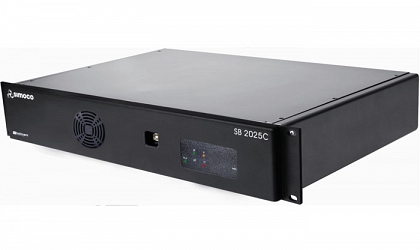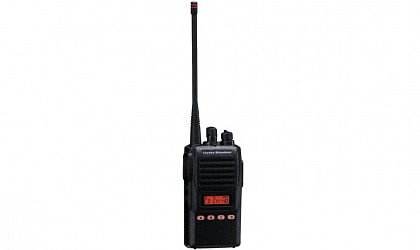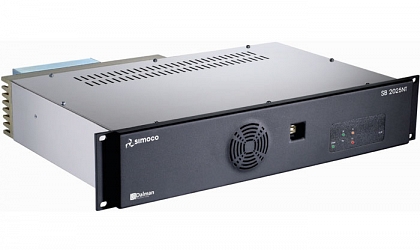Project 25
What is Project 25?
Project 25 (P25) is a set of standards produced through the joint efforts of the Association of Public Safety Communications Officials International (APCO), the National Association of State Telecommunications Directors (NASTD), and selected Federal agencies in the USA.
P25 is an open architecture, user driven suite of system standards that define digital radio communications system architectures capable of serving the needs of Public safety and Government organisations. P25 open system standards define the interfaces, operation and capabilities of any P25 compliant radio system.
In other words, a P25 radio is any radio that conforms to the P25 standard in the way it functions or operates. P25 compliant radios can communicate in analog mode with legacy radios and in either digital or analog mode with other P25 radios. The P25 standard exists in the public domain, allowing any manufacturer to produce a P25 compatible radio product.
How does P25 work?
P25 radios operate very similar to conventional analog FM radios. In fact, P25 radios will operate in conventional analog mode, making them backwards compatible with existing analog radio systems. When the P25 radio operates in digital mode, the carrier is moved to four specific frequency offsets that represent four different two-bit combinations. This is a modified 4 level FSK used in analog radio systems.
In analog mode, the P25 radio will operate exactly the same as conventional analog systems, with the capability of CTCSS, DCS, pre-emphasis and de-emphasis, wideband or narrow band operation and other standard analog features.
P25 systems use the Common Air Interface (CAI).This interface standard specifies the type and content of signals transmitted by P25 compliant radios. A P25 radio using the CAI should be able to communicate with any other P25 radio using the CAI, regardless of manufacturer.
Current P25 radios are designed to use 12.5Khz wide channels, allowing two conversations to take place where only one used to fit (on a 25Khz channel).Phase 2 P25 radios will use 6.25Khz channel spacing, allowing four times as many conversations compared to analog. Backward compatibility allows P25 users to gradually transition to digital while continuing to use older equipment.
P25 transmissions may be protected by digital encryption. The P25 standards specify the use of the Advanced Encryption Standard (AES) algorithm, U.S. Data Encryption Standard (DES) algorithm, and other encryption algorithms. There is an additional specification for over the air re-keying (OTAR) to update encryption keys in the radios using the radio network.
Benefits of P25?
P25 has many various benefits in performance, efficiency, capabilities and quality. Some of the key benefits of P25 are as follows:
- Interoperability: Allowing users from various Public SafetyAuthorities to communicate more effectively with each other when required, such as in emergencies, law enforcement, etc.
- Multiple Vendors: P25 users can choose from competingProducts from various manufacturers, leading to decreased costs, open bidding, on-proprietary systems, etc.
- Backward Compatibility: Backward compatibility with existing FM analog radios allows a gradual migration to the new system giving a clear migration path from analog to digital.
- Encryption Capability: The P25 standard allows for protecting digital communications with encryption capability. The encryption used in P25 is optional.
- Improved Audio Quality: With more than one quarter of the channel capacity used for error correction, P25 digital signals have greatly improved voice quality over std analog systems.
- Enhanced functionality: P25 radio systems use 2400 bits per second for signalling capabilities. This allows a vast array of additional functions and features to be standard in any P25 system.











